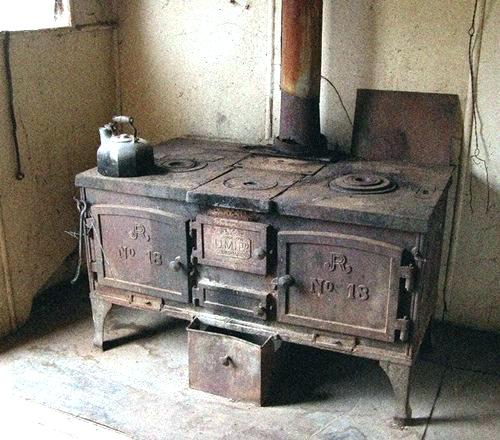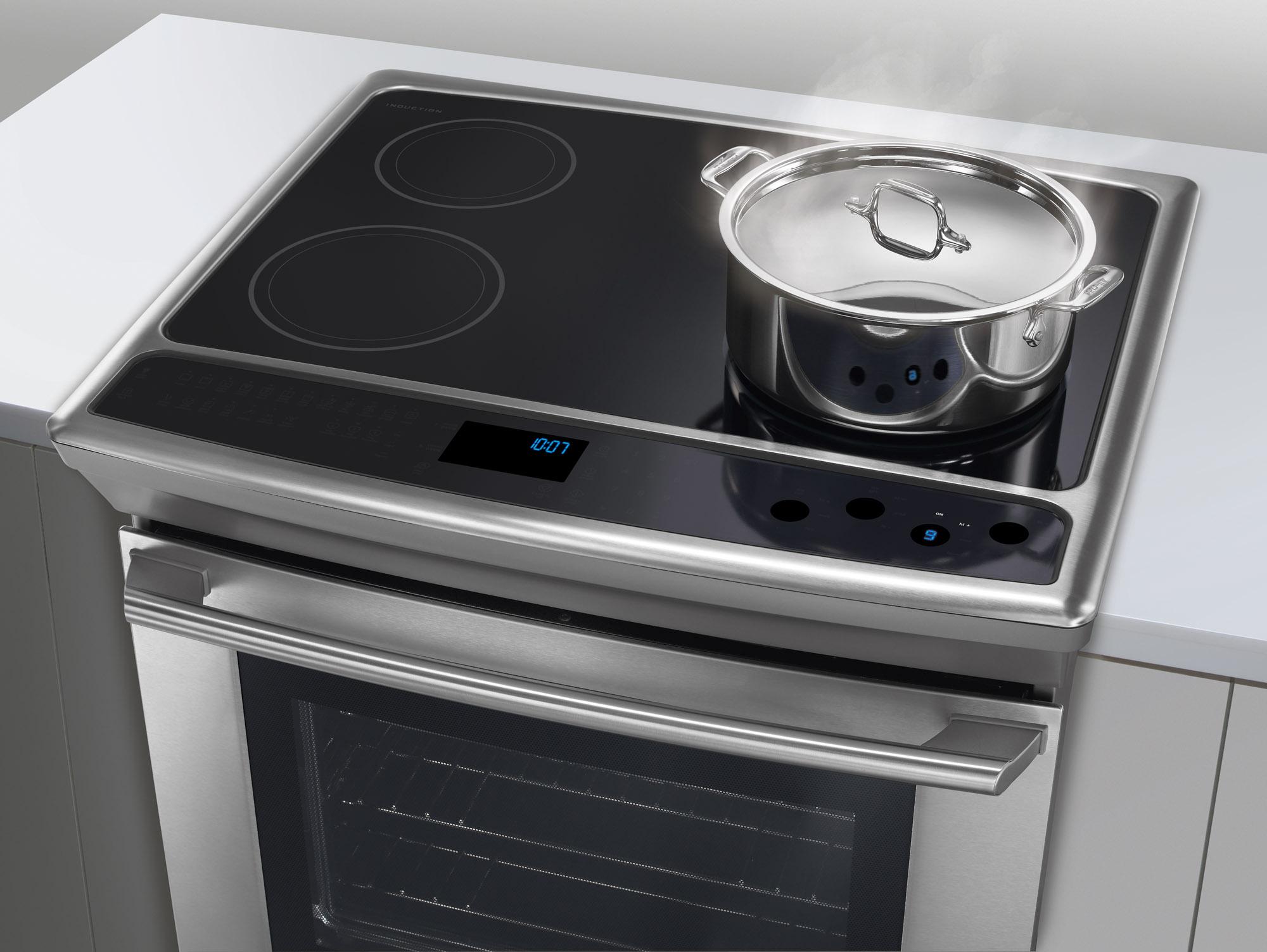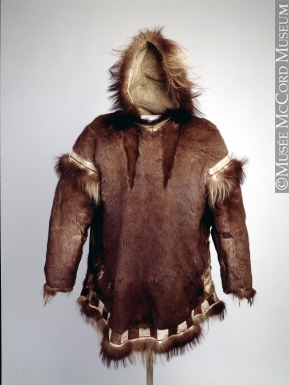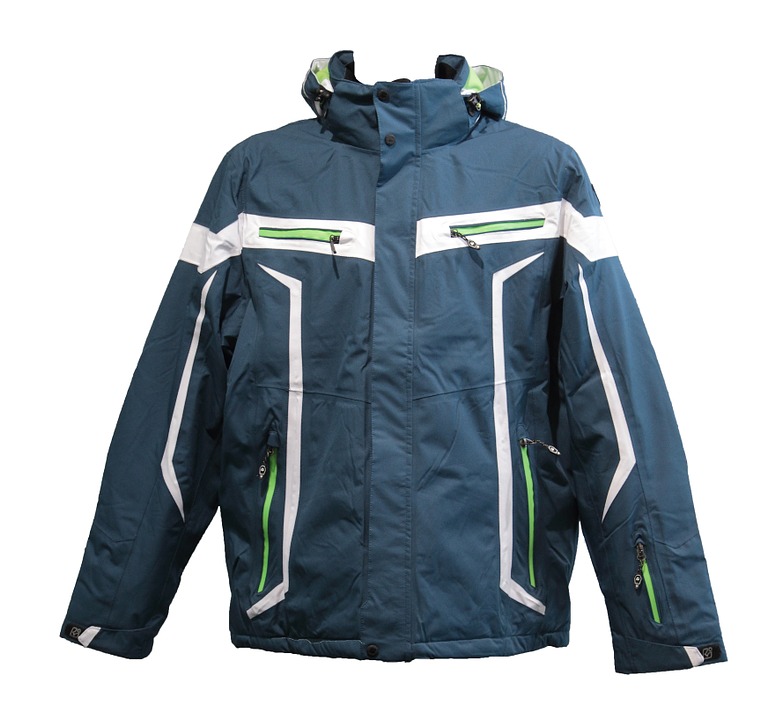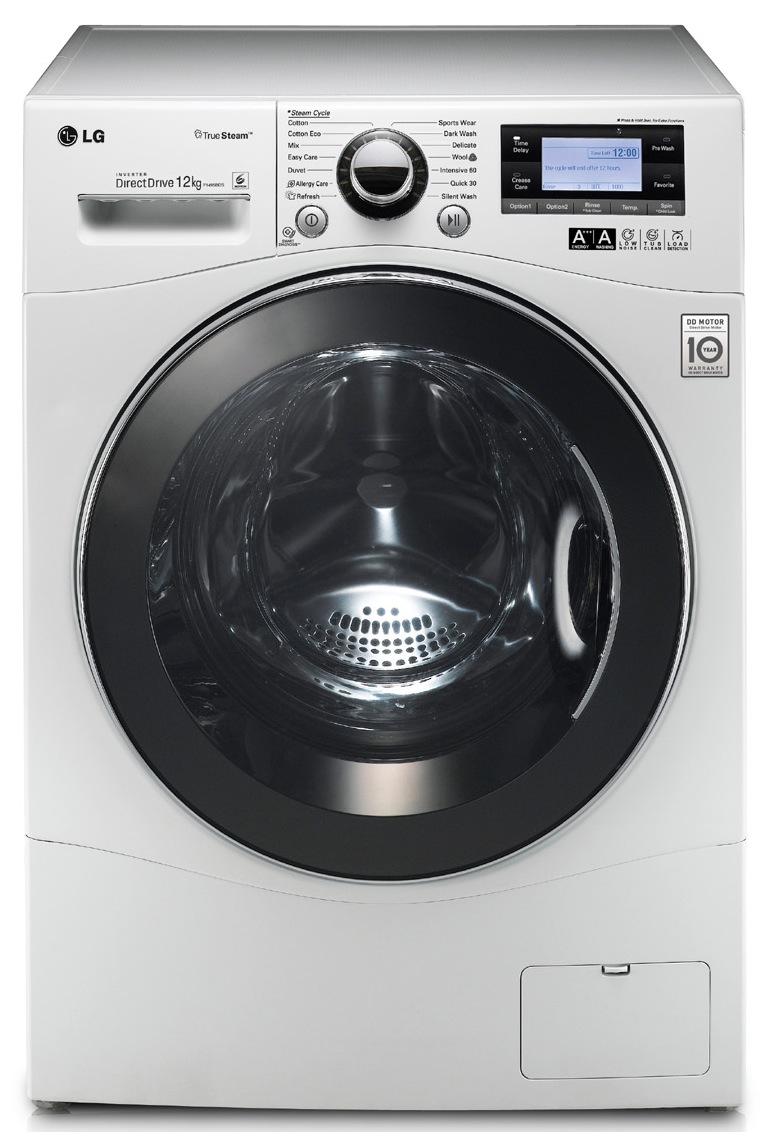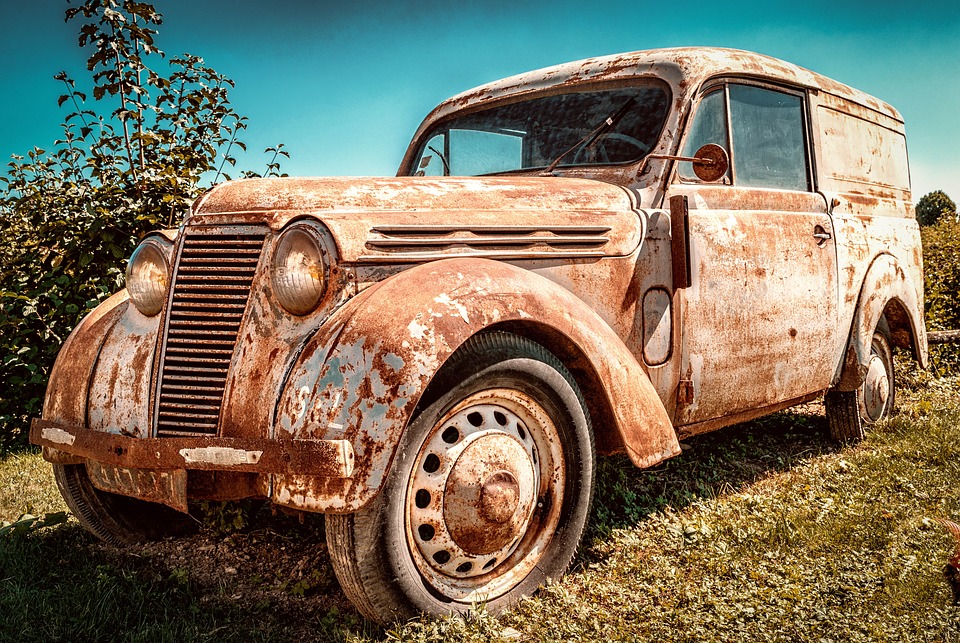
Heat and Temperature¶
Instructions before you start:¶
Heat and Temperature: How Human Needs Led to the Technologies for Obtaining and Controlling Thermal Energy¶
Introduction¶
In this notebook we will give a brief overview of thermal energy and then move on to the uses of thermal energy in society and how our uses of it have changed throughout history. We will start by identifying and explaining common devices and systems used to generate, transfer, or control thermal energy. Then we will look at how human purposes have led to the development of heat-related materials and technologies.
Thermal Energy¶
First we begin by giving a brief definition of what thermal energy is. A more complete and involved definition will be given in following notebooks. In the most basic sense thermal energy is the energy we associate with temperature. At a microscopic level it is made up of the energy of vibration, rotation, and motion of the particles and molecules that make up matter. As the particles and molecules move faster they contain more thermal energy and the temperature of matter is higher.
As the temperature increases the thermal energy also increases. It’s important to note that thermal energy of an object is given by its internal energy and not by its temperature. We can increase the thermal energy of an object by placing it next to an object warmer than itself. The warmer object will heat the cooler object through the transfer of thermal energy. As the thermal energy of the cooler object increases the thermal energy of the warmer object will decrease.
Before we move on let’s discuss a few of the ways thermal energy can be generated. It could be generated due to chemical reactions, such as when you light a fire. Thermal energy is generated from the chemical reactions occuring as the wood burns. Thermal energy can also be generated mechanically by rubbing two objects together. For example you could rub your hands together and the energy from the motion of your hands is converted to an increase in thermal energy at a microcoping level. The energy in an electrical current can also generate an increase in thermal energy. An electrical cord for instance will warm to the touch due to electrical energy being converted in part to the thermal energy of the wire. Finally light energy can be converted to thermal energy as anyone who has stood in the sunshine can affirm.
This will be as far as we go into a definition about thermal energy as a more precise and complete one will be given in follow up notebooks.
Devices and Systems used to Generate, Transfer, or Control Thermal Energy¶
In this section we are going to cover multiple common devices and systems that are used to generate, transfer, or control thermal energy in some way. Most of these devices and systems are seen everyday, but we might not be fully aware of them. We will start off by considering devices and systems that we have in our homes. I want to let the reader know that we will be explaining what the devices do but we won’t be going into detail about how they function since that will be covered in a later notebook. This section is to get the reader familiar with the devices and what they accomplish.
Exercise¶
Try to think of and list as many devices and systems that are used to generate, transfer or control thermal energy. If you want you can add them to the list below. You can work with a partner if you are running out of ideas. The Add button adds what you type in the box to the list, the Remove button removes the last item in the list and the Clear List button clears the list.
import ipywidgets as widgets
from IPython.display import display, Math, Latex
import traitlets
from IPython.display import Markdown
import random
output_list = []
list_output = widgets.HTML('')
text_box = widgets.Text(
value='',
placeholder='Enter list item',
description='',
disabled=False
)
add_item_button = widgets.Button(
value=False,
description='Add',
disabled=False,
button_style='', # 'success', 'info', 'warning', 'danger' or ''
tooltip='Add to list',
continuous_update=True
)
remove_item_button = widgets.Button(
value=False,
description='Remove',
disabled=False,
button_style='', # 'success', 'info', 'warning', 'danger' or ''
tooltip='Remove from list',
continuous_update=True
)
clear_list_button = widgets.Button(
value=False,
description='Clear List',
disabled=False,
button_style='', # 'success', 'info', 'warning', 'danger' or ''
tooltip='Clear List',
continuous_update=True
)
add_item_button.layout.width = '100px'
remove_item_button.layout.width = '100px'
clear_list_button.layout.width = '100px'
clear_list_button.layout.margin = '0px 0px 10px 600px'
list_output.layout.margin = '20px 0px 0px 0px'
list_widget = widgets.HBox(children=[text_box, add_item_button, remove_item_button])
display_widget = widgets.VBox(children=[clear_list_button, list_widget, list_output])
def update_Add(change):
if(not (text_box.value == '')):
output_list.append(text_box.value)
list_length = len(output_list)
text_box.value = ''
list_output.value = "<ul style='list-style-type:circle'>"
for i in range(list_length):
list_output.value = list_output.value + "<li>" + output_list[i] + "</li>"
list_output.value = list_output.value + "</ul>"
def update_Remove(change):
list_length = len(output_list)
if(not(list_length == 0)):
del output_list[list_length-1]
list_output.value = "<ul style='list-style-type:circle'>"
for i in range(len(output_list)):
list_output.value = list_output.value + "<li>" + output_list[i] + "</li>"
list_output.value = list_output.value + "</ul>"
def update_Clear(change):
del output_list[:]
list_output.value = ''
add_item_button.on_click(update_Add)
remove_item_button.on_click(update_Remove)
clear_list_button.on_click(update_Clear)
display_widget
Once you have completed the exercise above click the button below to open up the next section. In the section we will cover various devices that may be on your list and explain how they relate to generating, transferring or controlling thermal energy.
button_click = False
show_button = widgets.Button(
value=False,
description='Show Next Section',
disabled=False,
button_style='', # 'success', 'info', 'warning', 'danger' or ''
tooltip='Show Next Section',
continuous_update=True
)
def update_Show(change):
global button_click
if(not button_click):
display(Markdown(
"""
### Air Conditioner/Furnace & Thermostat
The first devices we cover are common to most homes and buildings and they are the air conditioner, furnace and thermostat. An air conditioner is used to remove thermal energy and moisture from a home or building and cooling it in turn. A furnace on the other hand is used to add thermal energy to a home or building by heating the air in it. The thermostat is used to control the temperature in a home or building by controlling the furnace and air conditioner. Thermostats have advanced enough that they can automatically adjust the temperature based on the time of day by preference of the building owner.
All of these devices together create a system that generate, transfer and control the thermal energy in a home or building. Some devices not mentioned yet like windows, insultation, building materials also contribute to this system since they maintain the thermal energy of a home or building by not allowing it to transfer outside the home or building.
### Refrigerator/Freezer
Other common devices found in almost every home are the refrigerator and freezer. A refrigerator or freezer keeps the air inside it a constant cold temperature. The refrigerator or freezer does this by constantly cycling and cooling the air similar to an air conditioner. As mentioned above a house is made with insulation to keep the transfer of thermal energy low and a refrigerator and freezer are designed the same way to keep the cold air inside from escaping out. Refrigerators and freezers are much smaller than a house so keeping the thermal energy lower is easier since it doesn't use as much energy to keep the air colder.
<center><img src="images/refrigerator.png" alt="fridge" width="350"></center>
### Stove/Oven
A device that would be the opposite of a refrigerator or freezer would be an oven or stove. An electrical oven generates thermal energy by heating up elements inside it which in turn heat up the air inside it. It is also insulated to keep the thermal energy inside from escaping. A stove generates thermal energy the same way by heating up elements but it is not insulated so pots or pans may transfer the heat from the elements to the food. The amount of thermal energy generated by the elements is controlled from the dials on the stove/oven.
### Barbecue
A barbecue is another device that is used to generate and control thermal energy. This is done by natural gas or propane being burned through the burners on the barbecue or by charcoal being burned to generate the thermal energy. The dials control how much propane or natural gas is burned and the amount of charcoal determine how much thermal energy is generated.
### Water Heater
Another very common device in homes is a hot water heater. A hot water heater uses electricity or natural gas to increase the thermal energy and temperature of the water in its tank. The hot water is then distributed throughout the house when required. Where the hot water ends up is controlled by a person turning on a hot water tap.
### Insulation/Building Materials
Insulation and building materials are both used to control the transfer of thermal energy from one object or space to another. Insulation can be as simple as a layer of air enclosed between two materials like a thermos or could be specialized material similar to that used in a house. The insulating material acts as a barrier to stop the thermal energy from one side transferring to the other. Just as in a house if it's winter time you usually don't want the inside of the house to be the same temperature as the outside so we use insulation to stop this. That said, even with good insulation some thermal energy will constantly be lost from your house in the winter but your furnace is used to constantly add this thermal energy back to keep the temperature of the house constant.
The building materials used also act as an insulator since they form the shell of the building or object. In North America wood is typically used when building the shell of a house since it's cheap and it's a better insulator than concrete, brick or steel. Structures and objects made of concrete, brick, steel, or some type of metal are typically stronger than wood but are usually a lot more expensive which is why houses are generally made of wood or similar material.
<center><img src="images/thermos.jpg" alt="thermos" width="350"></center>
### Doors and Windows
The other devices that are common to every home or building are the doors and windows which also contribute to the insulation of a building. Single pane windows don't act as good insulators since glass is not a good insulator but double pane windows have been developed to have a layer of air or some type of gas inbetween the panes that insulate much better than a single pane.
There are also varying types of doors that are better at insulating a house than others. A thin door doesn't insulate very well from the outside which is why usually thicker doors are used on the outsides of homes. The doors and windows need to be sealed well otherwise the outside and inside air will be able to mix and change the thermal energy. If the doors and windows aren't sealed well then the furnace or air conditioner would have to use more energy to keep the thermal energy in the house or building constant.
### Fans
A device that is a component to many different appliances and things around the home is a fan. Fans are used to transfer the thermal energy generated throughout the appliance. A convection oven has a fan that distributes the thermal energy generated by the elements around the oven to heat up the food evenly. A fridge, air conditioner and freezer will have fans to circulate the cooled air around the appliance or home. Fans are commonly used to transfer thermal energy from its current space to another and along with some vents or ducts also control where that thermal energy is going.
### Hair Dryer
A hair dryer is another device that generates and transfers thermal energy. An element inside the hair dryer will generate the heat and thermal energy and then a fan will blow and transfer the heat and thermal energy out.
### Washing Machine and Dryer
The last devices we will look at are a washing machine and dryer. When the washing machine is running a warm or hot cycle it typically heats the water it needs with an internal element but if it is an older version it will get the hot water it needs from the hot water heater. A dryer is used to dry the clothes that are wet from the washing machine. The dryer uses an element to generate thermal energy and a fan transfers the thermal energy throughout the dryer to the clothes.
"""))
button_click = True
show_button.on_click(update_Show)
show_button
Conclusion¶
In this notebook we have addressed what thermal energy is and how heat and temperature are related to it. We discussed multiple devices, technologies and materials that are used to generate, transfer or control thermal energy and heat in some fashion. The purposes of the devices, technologies and materials were discussed in detail and the broader purposes of how they relate to survival, convenience and energy creation were looked at. We also look at how houses, food/water and clothing and the devices and technology associated with them developed throughout history. This notebook gives a lot of information about the various heat-related devices, materials and technologies that are used in our everyday lives and how much of an impact they have. A more indepth look into thermal energy and how the devices, materials and technologies function will be given in later notebooks.
Image Sites¶
https://chem.libretexts.org/LibreTexts/Mount_Royal_University/Chem_1202/Unit_5%3A_Fundamentals_of_Thermochemistry/5.2%3A_Heat
http://outside-in.me/vintage-cook-stoves-for-sale/vintage-cook-stoves-for-sale-old-kitchen-wood-stoves-for-sale-old-cook-stove-yahoo-image-search-results-old-kitchen-cook-vintage-gas-cook-stoves-for-sale/
https://pixabay.com/en/kids-stove-children-toys-tin-stove-434916/
http://angels4peace.com/modern-kitchen-stove.html/modern-kitchen-stove-simple-popular
https://pixabay.com/en/ginsburgconstruction-kitchen-3-330737/
http://collections.musee-mccord.qc.ca/scripts/printtour.php?tourID=CW_InuitClothing_EN&Lang=2
https://pixabay.com/en/washboard-wash-tub-old-formerly-982990/
https://pixabay.com/en/auto-renault-juvaquatre-pkw-old-1661009/
https://pixabay.com/en/car-audi-auto-automotive-vehicle-604019/
http://photonicswiki.org/index.php?title=Survey_of_Renewables
https://sintonair.com/geothermal-heat-pump/
http://ca.audubon.org/conservation/geothermal-power
https://de.wikipedia.org/wiki/Waschmaschine

